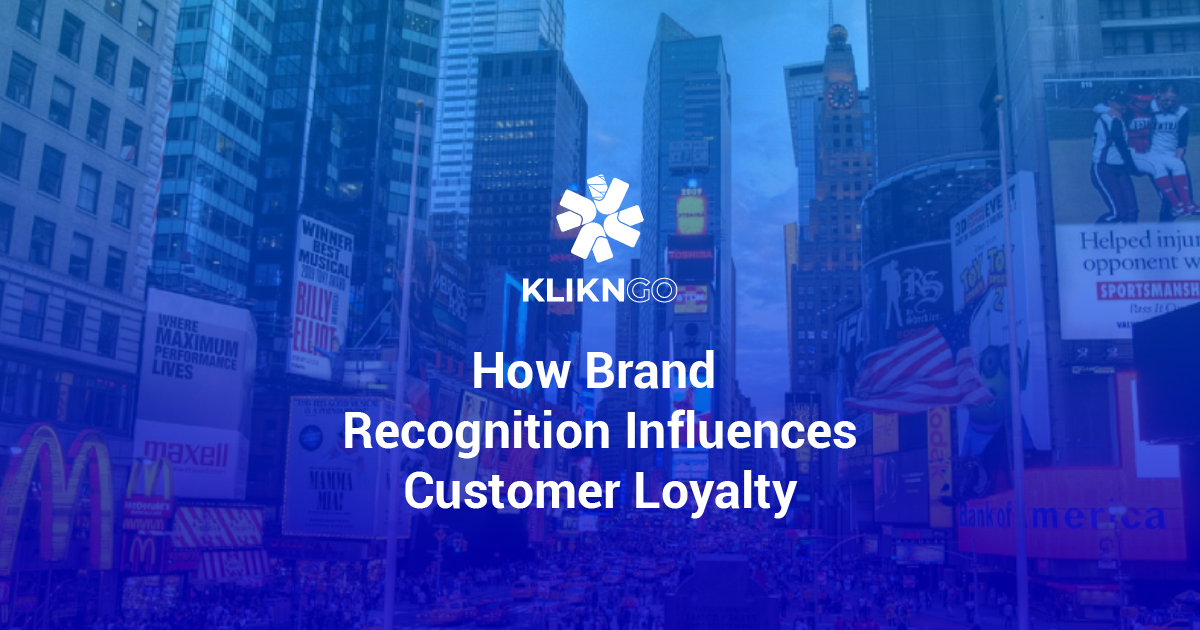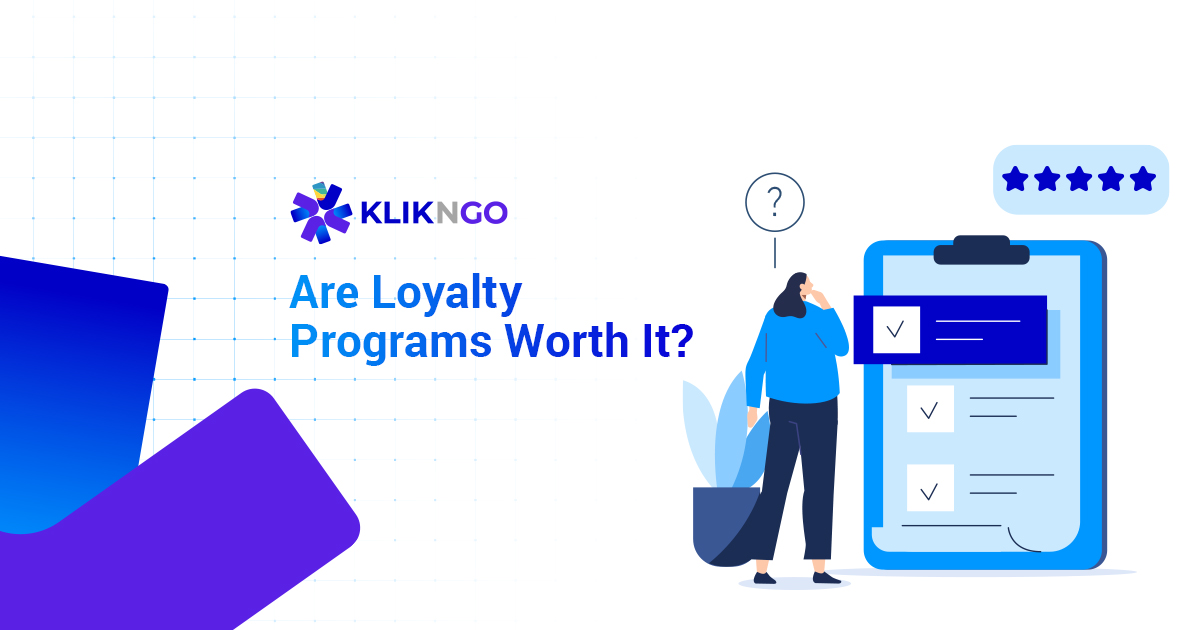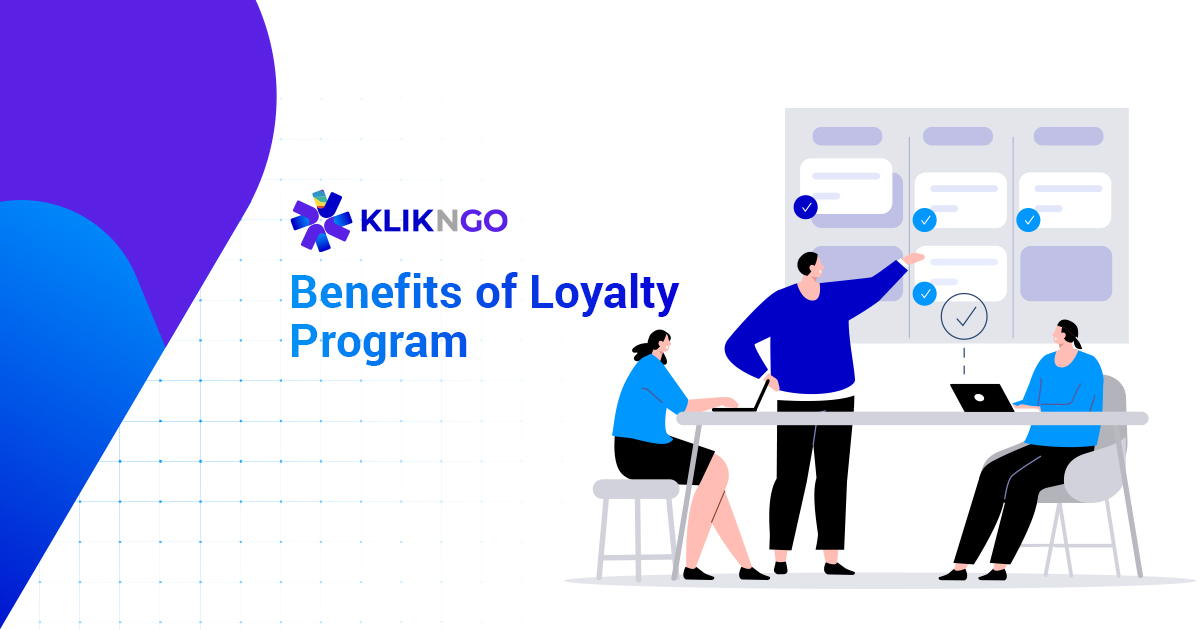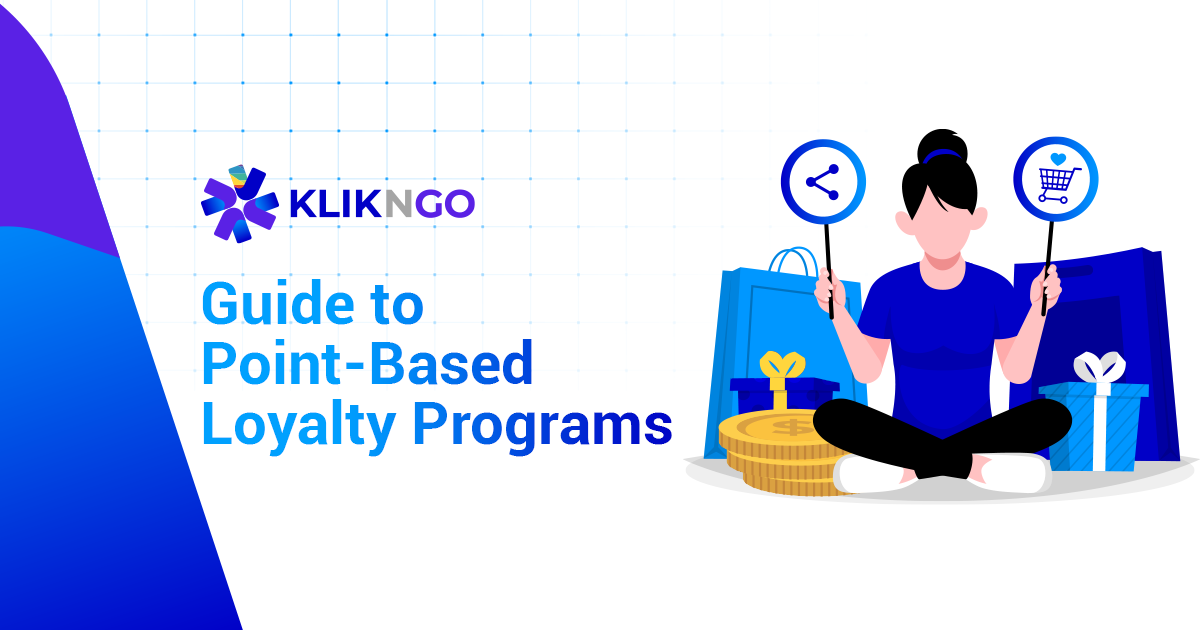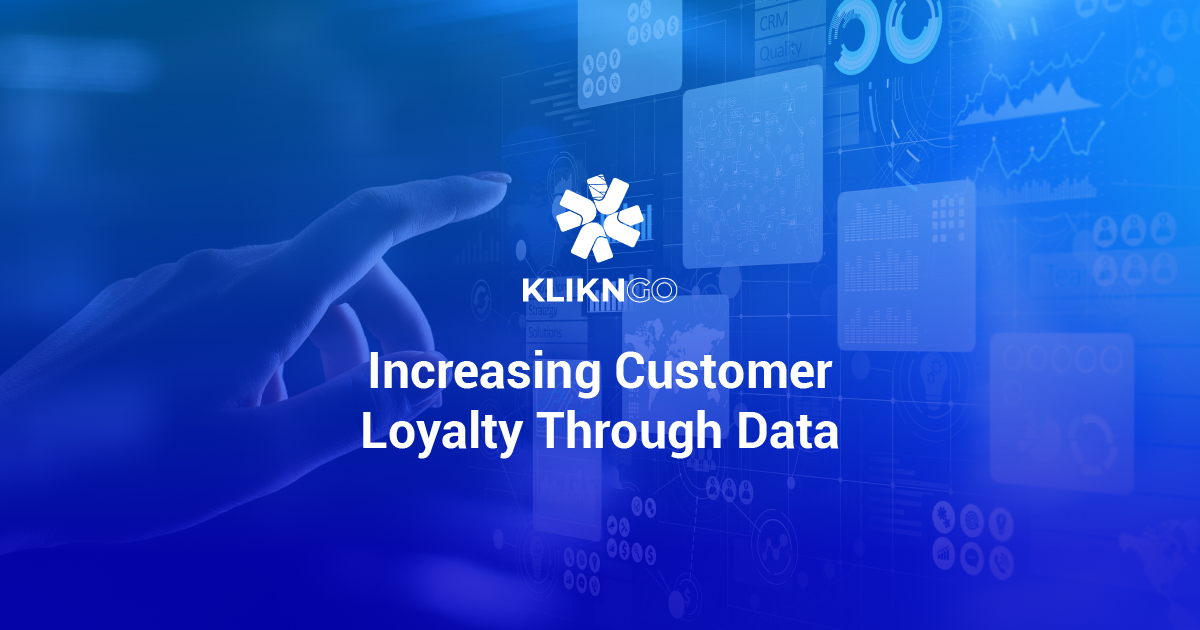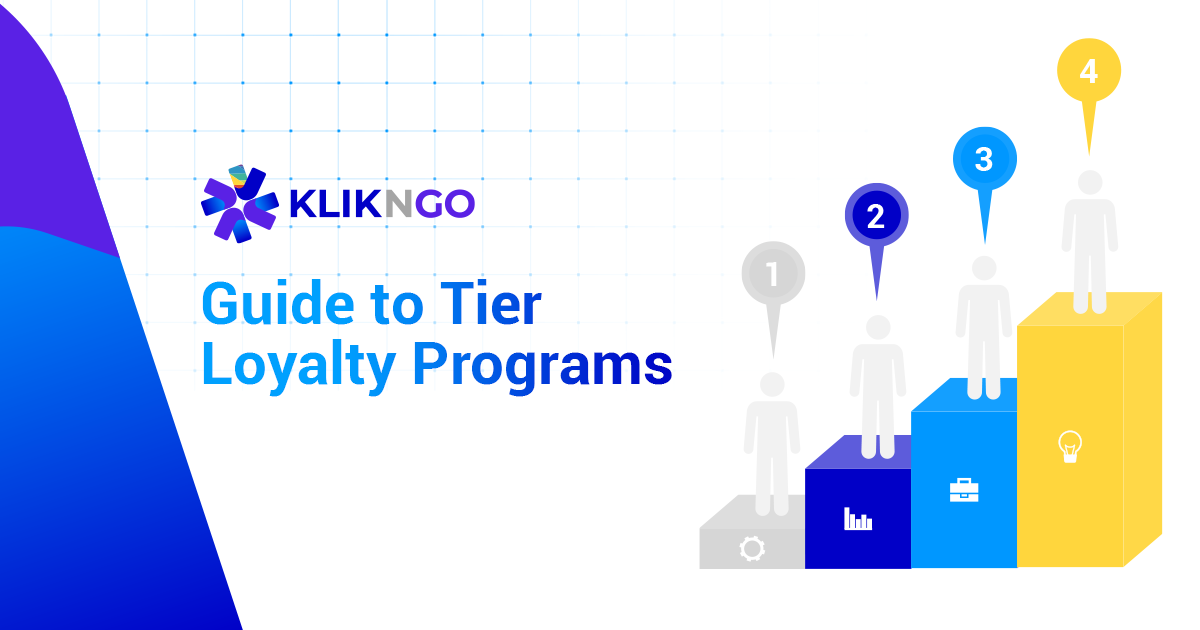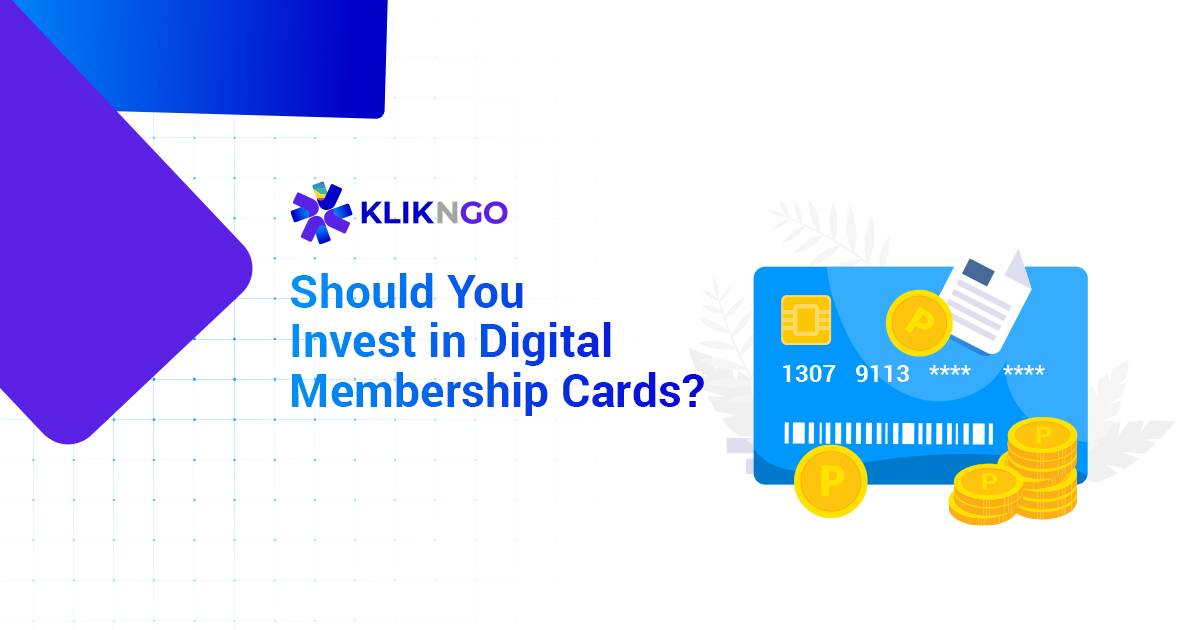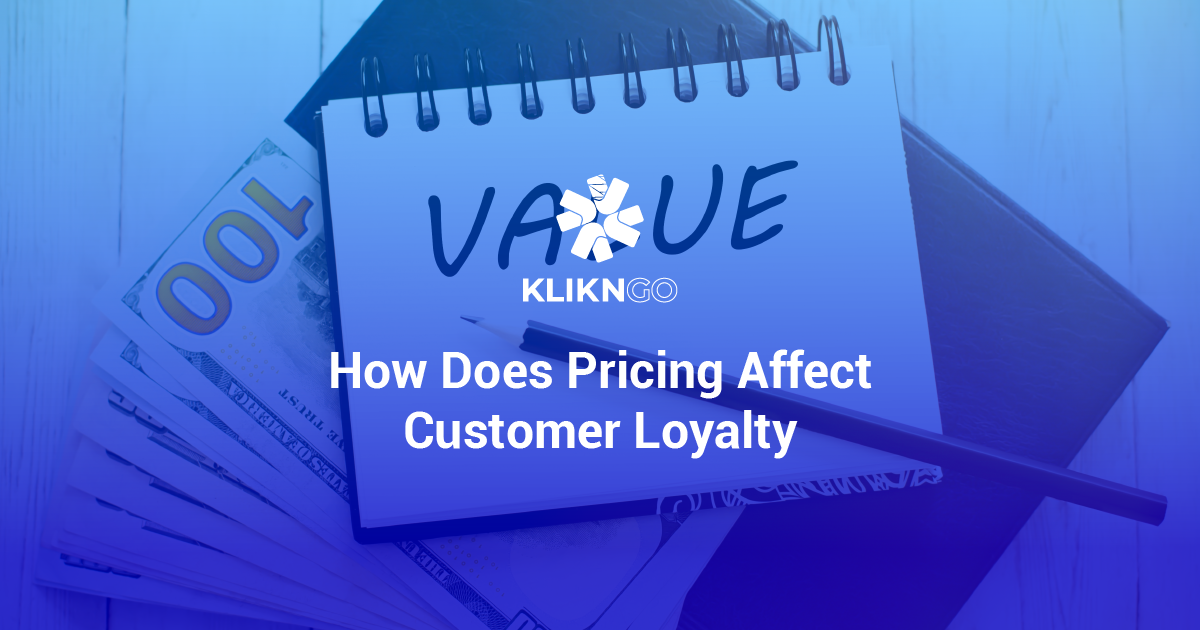Brand Loyalty Through Staff & Customer Service
The influence of brand image and recognition, particularly through staff members and customer service, is a significant factor in shaping customer loyalty.
Staff, especially those in customer service and sales roles, not only serve as representatives of the company during issue resolution but also play a pivotal role in shaping the brand’s overall image.
Their direct interactions with end-users can profoundly impact the way the brand is perceived.
Consider a Honda showroom as an example. If a customer has a negative experience at one location, there’s a risk that they might generalize this experience to all Honda showrooms, even though different locations may be managed by different distributors.
In the eyes of that individual, the entire brand could be tarnished with a reputation for “bad customer service” until a change is implemented.
To address such issues, comprehensive staff training becomes incredibly important. It not only affects customer experience and conversion rates but also plays a crucial role in shaping the overall brand image.
This highlights the importance of a strict standard operating procedure (SOP), incorporating regular assessments and Key Performance Indicators (KPIs) to achieve, with a special emphasis on monitoring customer satisfaction through metrics like the Customer Satisfaction Score (CSAT) every month.
Brand Recognition & Customer Loyalty Through Merchandising

Merchandising holds significant value in terms of enhancing brand recognition, a strategy frequently employed by major companies like McDonald’s and BMW.
It’s not just free marketing and branding whenever people use merchandise.
When executed effectively, your merchandise can strategically reach places where your target market is most prevalent. Let’s take a look at BMW’s signature umbrellas as an example.
Users might bring them to upscale restaurants or client meetings, exposing the brand to individuals with higher disposable incomes.
In turn, when these individuals contemplate purchasing a new car, the umbrella they saw could become a significant deciding factor.
Quality merchandise can also serve as a reflection of the brand’s overall quality.
BMW’s well-built umbrellas stand out as one of the best in the market.
Consumers unconsciously assess a brand based on its merchandise, meaning that people may perceive BMW cars as high-quality, simply because of their umbrellas.
This positive association can contribute to discussions about the superior quality of BMW’s umbrellas, fostering brand recognition and loyalty!
CSR Fosters Brand Awareness & Customer Loyalty
Corporate Social Responsibility (CSR) significantly influences branding and, in turn, customer loyalty.
Forbes reports that Gen Z, constituting approximately 37% of the global workforce, is particularly prone to loyalty toward brands that demonstrate real-world impact.
This shift is evident in companies such as Coca-Cola and H&M, which are increasingly prioritizing CSR initiatives, including recycling campaigns and roadshows, to enhance their branding and foster customer loyalty among a growing workforce.
Investing in CSR proves to be more than a strategic move to retain the expanding demographic of Gen Z, which holds increasing spending power.
It serves as a powerful strategy for enhancing overall brand perception while actively contributing to positive change in the world.
Collaboration Between Brands & Organizations
Collaborations between brands can significantly contribute to enhancing brand image and fostering customer loyalty across diverse customer bases.
Consider the collaboration between H&M and NASA, for instance. Through this partnership, H&M introduced a limited line of clothing inspired by NASA.
This collaboration creates a mutually beneficial scenario where individuals interested in NASA and space exploration are enticed to explore products from H&M.
Simultaneously, H&M’s existing customer base is allowed to engage with NASA-related themes.
This synergy represents a win-win situation—NASA connects with a younger audience, potentially securing more funding in the future, while H&M elevates its brand image through association with a prominent organization like NASA.
Moreover, collaborations need not be limited to corporate branding. In line with the previous point related to Corporate Social Responsibility (CSR), many brands can increase customer loyalty and enhance branding by collaborating with non-profits.
A notable example is McDonald’s collaborating with FareShare, a non-profit organization, to distribute meals to families in need in 2022.
They executed this collaboration cleverly, donating 100 reward points for every order through their loyalty app.
This not only has a positive impact but also incentivizes app usage, contributing to a better brand image for all stakeholders, including recipients and donors.
Content Marketing Affects Both Branding & Loyalty
Content marketing often gets overlooked in many companies’ branding and marketing strategies.
It takes various forms, such as blog posts, YouTube content, or short-form videos on platforms like TikTok and Instagram.
This strategy influences all stages of the customer journey, covering the entire sales funnel.
Consider this: users at the top of the funnel seeking solutions to their problems might find your short TikTok or YouTube video, establishing your credibility.
Middle-of-the-funnel users requiring more technical assistance may benefit from a longer YouTube video that not only aids them but subtly promotes your product offerings.
Even bottom-of-the-funnel customers, ready to make a purchase or subscribe, can be guided to choose optimal options while emphasizing their unique selling points.
Content marketing is a trust-builder. By offering goodwill and valuable assistance to potential customers, you instill trust in your brand and, ultimately, your product.
Whether your business is B2B or B2C, content marketing is a valuable strategy.
Take Shelby’s Canada, a Canadian-based Middle Eastern restaurant, for instance, which amassed over 2 million TikTok followers, leading to more locations across Canada and a loyal customer base.
B2C businesses often benefit from entertaining and engaging content rather than strictly educational.
For B2B businesses, the focus should be on educational content that aids users, especially business owners and employees who are decision-makers.
This approach is particularly helpful for service-based companies, allowing them to build trust and reputation without resorting to hard selling.
Ahrefs, a comprehensive tool targeted at bloggers and SEOs, is a prime example. Their YouTube channel has almost half a million subscribers, and many trust their products due to the immense value they provide.
The content marketing team actively uses Ahrefs because of their helpful videos!
Influencer Marketing Shapes Social Opinions, Branding and Loyalty
Influencer marketing is another factor that can significantly impact customer loyalty, with two distinct goals: conversions and branding.
When aiming for conversions, micro-influencers in a specific industry with a dedicated and engaged following tend to be more effective.
For instance, if you’re a streetwear clothing brand, collaborating with micro-influencers in the fashion/streetwear niche is ideal for selling clothing.
On the other hand, branding efforts are best executed with big influencers—those with hundreds of thousands to millions of subscribers.
The rationale is that these influencers can potentially reach millions of people simultaneously, creating a positive image on a large scale.
Much like advertising in New York Times Square, which is reserved for big companies due to its substantial cost, the impact of these billboards extends beyond the immediate viewership as people share photos on platforms like Instagram.
Endorsement by prominent influencers can shape public opinion at scale, significantly contributing to customer loyalty among existing customers and attracting new ones through word-of-mouth marketing!
The Bottom Line
There you have it, valuable insights into the impact of brand recognition on customer loyalty!
Understanding how brand recognition influences customer loyalty is essential for developing effective strategies to enhance customer engagement and drive long-term loyalty.
If you’re eager to dive deeper into maximizing brand recognition and fostering customer loyalty, don’t hesitate to reach out to us for a complimentary consultation.
And while you’re at it, be sure to explore our loyalty program product page!

